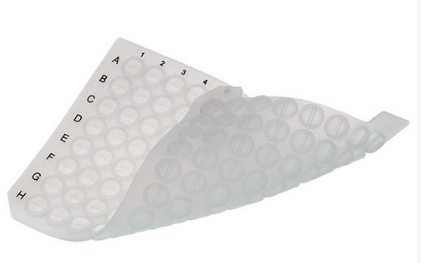Shoutout to @MattWFoster for amplifying this sweet new paper!
Did you know it used to be really common in qPCR to never use the wells on the edges? I think it is still recommended for the old thermocycler that I have.
Now that a lot of us are moving to plates for proteomics and smaller and smaller volumes it becomes a much bigger deal, I guess.
Due to peer pressure I'm doing a bunch of LFQ diaPASEF based single cell proteomics and since I'm only loading 2 uL in each well of a plate I run the edges first if the gradient is short or skip the edges entirely if the gradient is long. If a darned well is going to dry out it is almost always going to be the edge.
And, BTW, fuck these stupid silicon plate lids. They suck. You're way way better off using a tape based sealant for your plates and then just setting yourself up with one sample per well (since you've punched a big hole in the top and it will evaporate
We were using these silicon things and then thorougly taping the edges. Okay for big volumes, more or less, but the sealant is better.
I've heard concerns about the glue on them, but we're several thousand runs in with this one https://www.thermofisher.com/order/catalog/product/60180-M143 (M143) and haven't seen any issues (DISCLAIMERS OVER THERE! -->)



Hi Ben, I’m the author of this paper and to see the engagement with it is great, especially since I read your blog! It feels like you read my mind a bit here, I was concerned about the adhesive on the sealant sheets which is why I opted for the other lid options but good to know it’s not a problem. Would like to switch to those but now we are working to automate most of our protocols, do you (or any of your readers) know how easy removing/piercing those lids are for pipetting in between the heating steps?
ReplyDelete